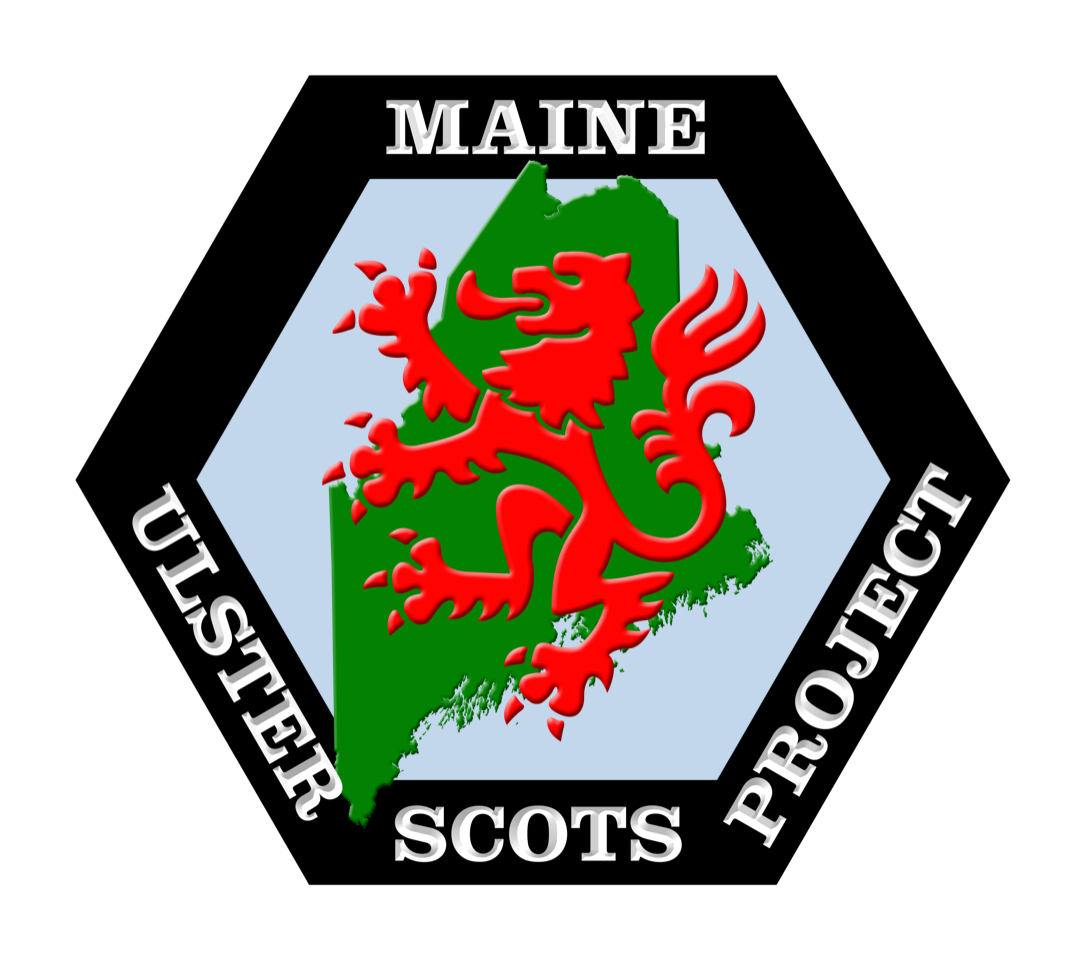CORK SETTLEMENT PROJECT
The Cork Colony on the easterly shore of Merrymeeting Bay was "lost" during the 1722 raids of "Lovewell's War." Rebecca Graham, with Associate Professor, Dr. Barry Rodrigue of the University of Southern Maine Lewiston, have investigated the location and historic records of this Scots-Irish settlement. Pam Crane applied their settlement pattern research to the Somerset settlement and uncovered the McFadden site.
"Excerpt from the Cork Settlement study” by Rebecca Graham
In 1718, Colonial land agent Robert Temple convinced the occupants of the vessel McCallum to sail from Boston Harbor to a settlement on the lower Kennebec river he had named Cork. Temple’s intent was to further improve lands, occupied by native peoples, by placing Scots-Irish settlers on the fringes. In return, the Scots-Irish received the promise of land they could completely control and potentially own. Land ownership was not possible in the Ulster settlement of the North of Ireland. Coined “God’s Frontiersmen” by Rory Fitzpatrick, the Scots-Irish faced two alternatives, starve in the land they knew, as pawns of political and environmental upheaval, or strike out for the possibility of success in a land they did not."
"Facing starvation at home and little hope of land ownership in Ulster, the largely protestant subjects made perfect Frontiers men. Their Border Reiver origins and Ulster social reality made them well suited for life constantly on the edge of conflict. The harsh realities at home gave them advantages for the new world. The commercial Linen industry was well established in the Bann and Lagan valley by 1700. Ulster Scots-Irish were skilled laborers familiar with mill construction as well as operation. Land improvement would be dependent upon such skills and landowners like Robert Temple saw the high value in Scots-Irish residency. 300 years later, our Northern Irish connections still have great weight."
The Transient Town of Cork
by Rev. Henry O. Thayer,
Read before the Maine Historical Society, December 9, 1892
“In the previous century (1700’s) the shores of Merrymeeting Bay attracted immigrants. Now Colonel Hutchinson chose this favored locality and here laid the beginnings of the town of Cork. In the endeavor he was associated with Robert Temple.”





